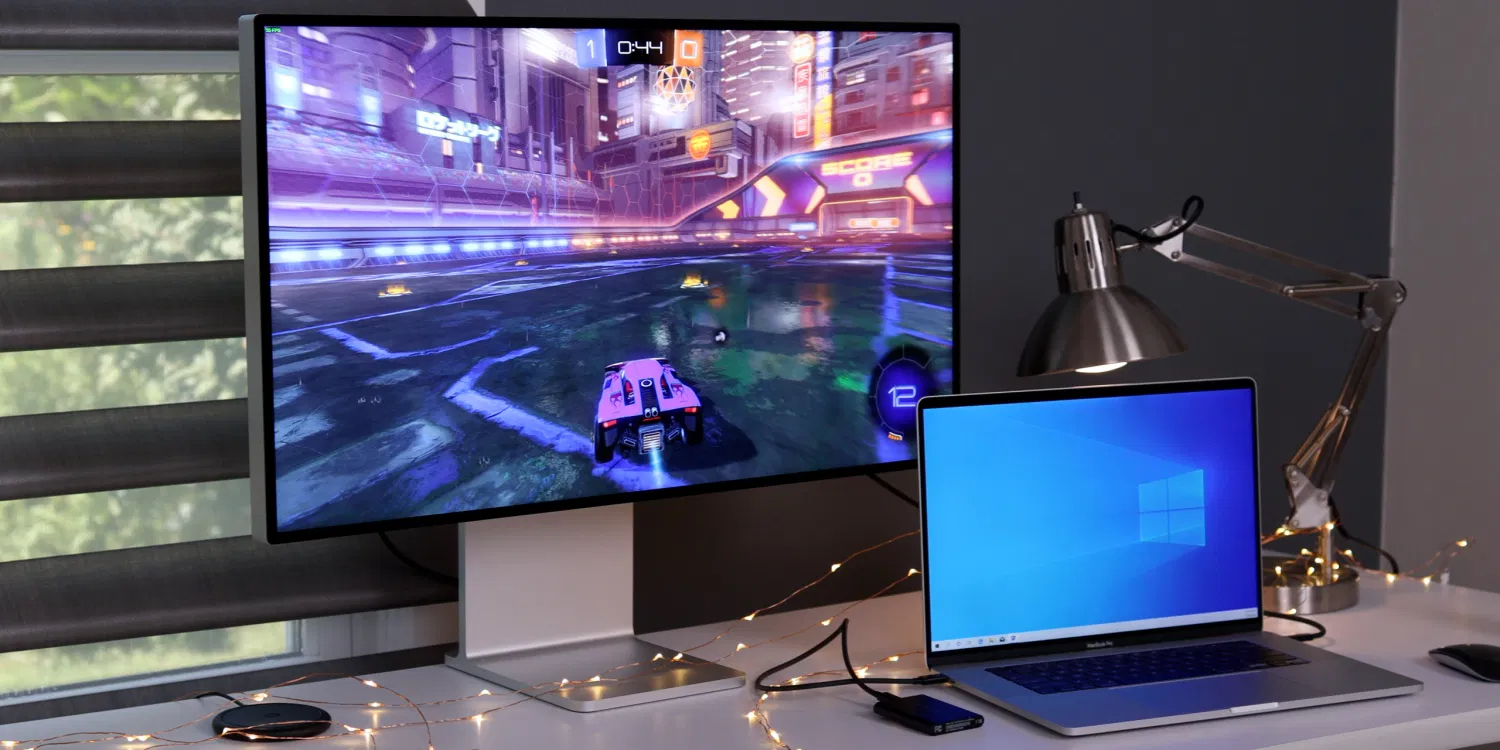

In the spring of 1988, the Cray-3 project moved from Chippewa Falls to Colorado Springs. Some of this delay is due to problems with using advanced technology, especially in the area of packaging, and some is due to the physical moves the project has made. However, the Cray-3 is still not available and is not expected until 1991 at the earliest. It was thought that GaAs technology would be viable by 1988/89, which was the original production target date for the new machine. In 1985, as soon as the Cray-2 had reached production, Seymour Cray and team started work on the Cray-3, which was to be a GaAs implementation of the Cray-2. I think there were 12 bare SRAM chips on each side of a memory stack (the logic chips were square, the memory chips were rectangular).Ĭray Computer Corporation Status: Not active. There were 16 bare GaAs chips mounted to each side of a logic stack. The stacks were the circuit boards containing the actual circuits (GaAs for logic, SRAM for memory modules).
APPLE COMPUTER REPAIR COLORADO SPRINGS PC
Each module consisted of a multi-layer “sandwich” of PC boards (69 electrical layers), with 2 layers of 16 1×1 inch stacks.
APPLE COMPUTER REPAIR COLORADO SPRINGS SOFTWARE
S4 was diverted to the quite possibly suicidal Cray-3/SSS project after S7 became available (S4 was previously our software development machine).įor those of you who have Cray-3 posters lying around (by the way, I took all the photos on that poster as well as the Cray-3 and Cray-4 brochures and all the annual reports except the first two):Ģ) Seymour is leaning on S5 (and you have no idea how hard it was to get him to hold still that long while wearing a suit…or to talk him into that particular pose)ģ) The two “cooling system” photos are S6Ĭray-3 modules were 4x4x0.25 inches in size. S1-S3 were diverted to Cray-4 testing once the Cray-4 project built up steam. S7 was a four-octant tank which we used as a software development and benchmarking platform. S1-S4 were single “octant” tanks (the smallest that could be constructed) which accomodated up to a 2 processor/128MW configuration. There were a total of 7 Cray-3 “tanks” constructed. I’m not too sure when that happened, although it marked the end of my regular commuting between Colorado Springs and Boulder. Since NCAR never paid for it, at some point we reduced the CPU count to 2 and let the machine run essentially unattended. The machine ran NCAR production until CCC folded in March, 1995. These were rectified and replacement CPU modules were installed, although I can’t remember the date. Like all NCAR supercomputers, until fairly recently, it was named after a Colorado locale. This was the only Cray-3 shipment, installed in May 1993, the machine was a 4-processor, 128 Megaword system. Two problems in the Cray-3 system were uncovered as a result of running NCAR’s production climate codes (particularly MM5): a problem with the “D” module causing intermittent problems with parallel codes, and an error in the implementation of the square root approximation algorithm which caused incorrect results for certain data patterns (kinda like the Pentium divide bug ).


 0 kommentar(er)
0 kommentar(er)
